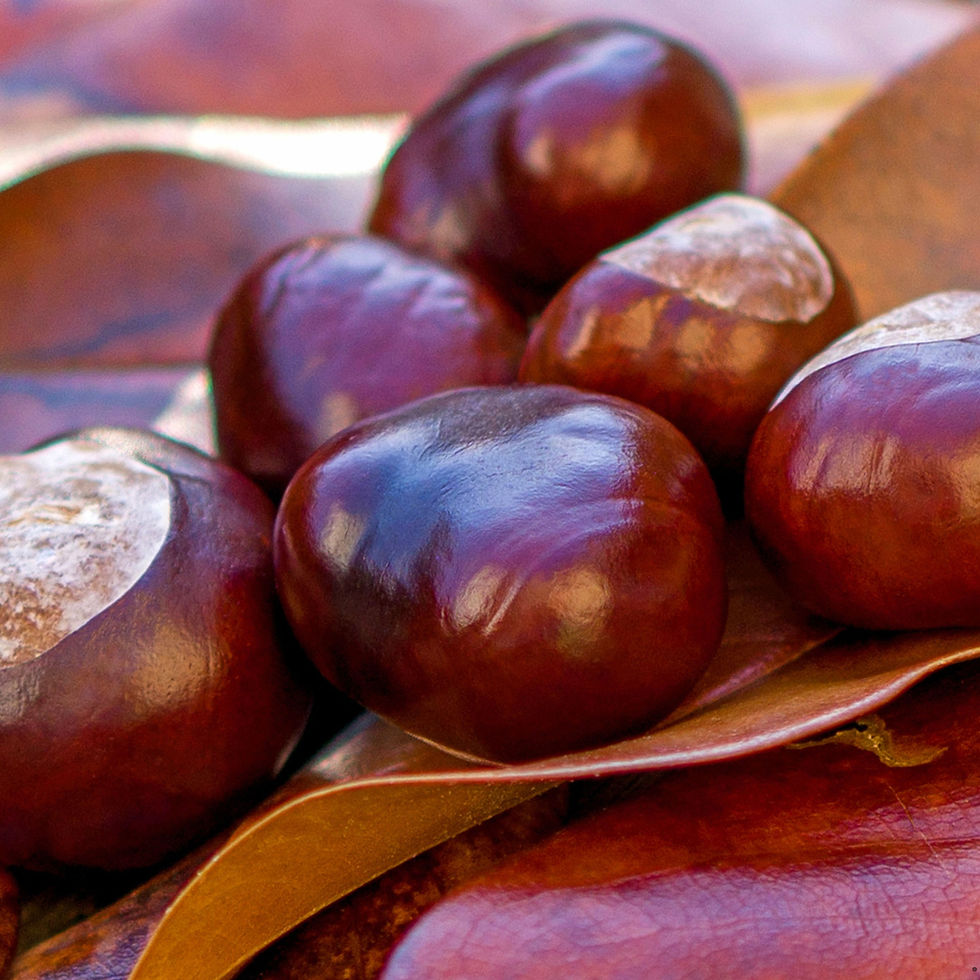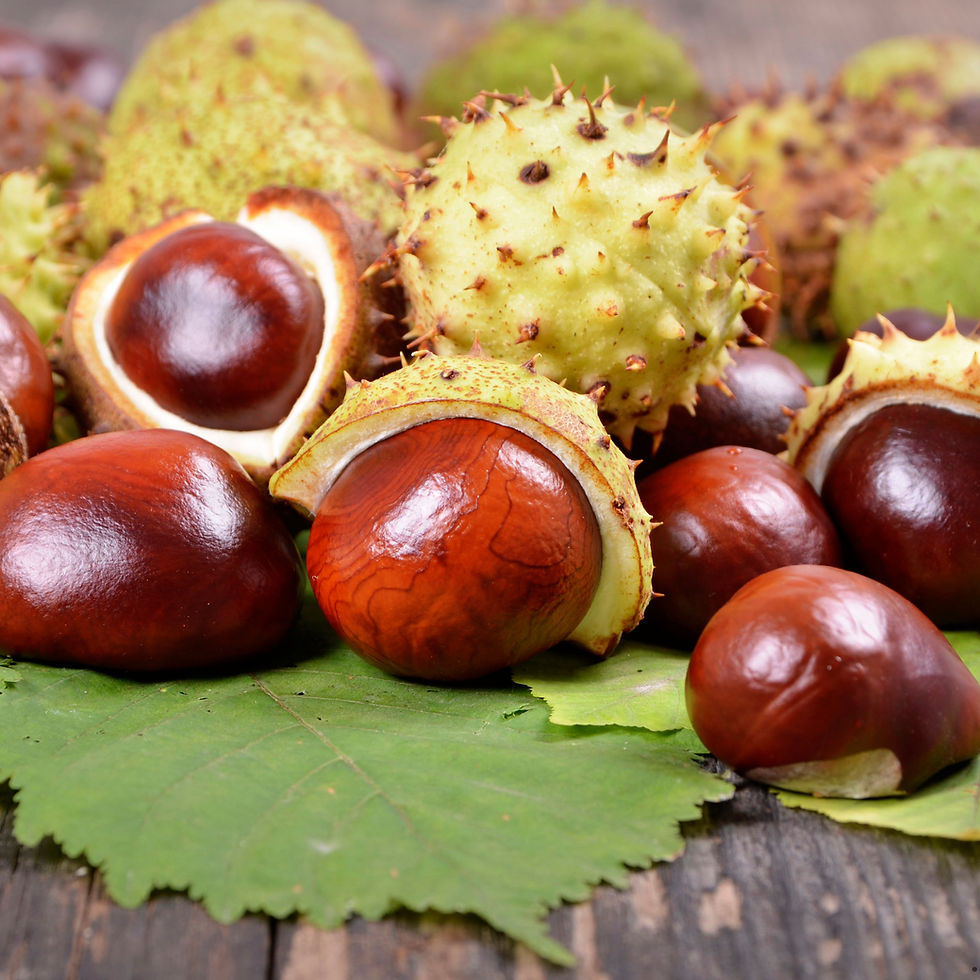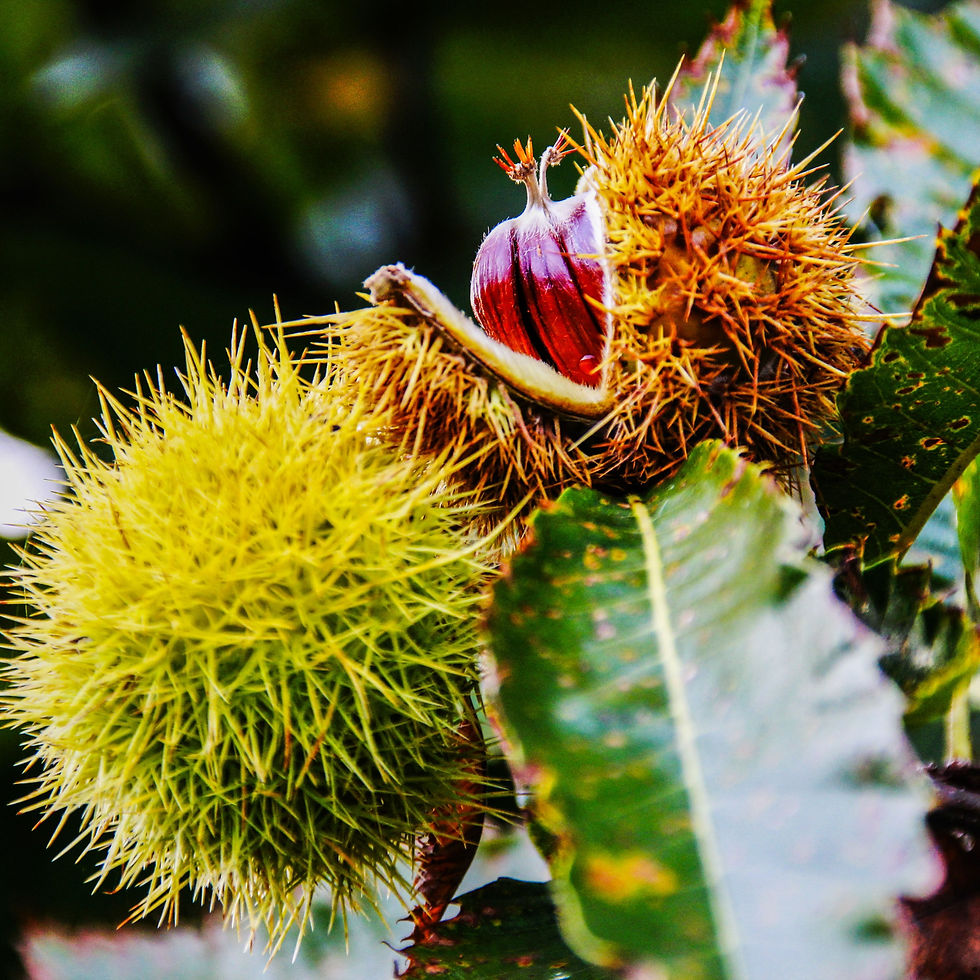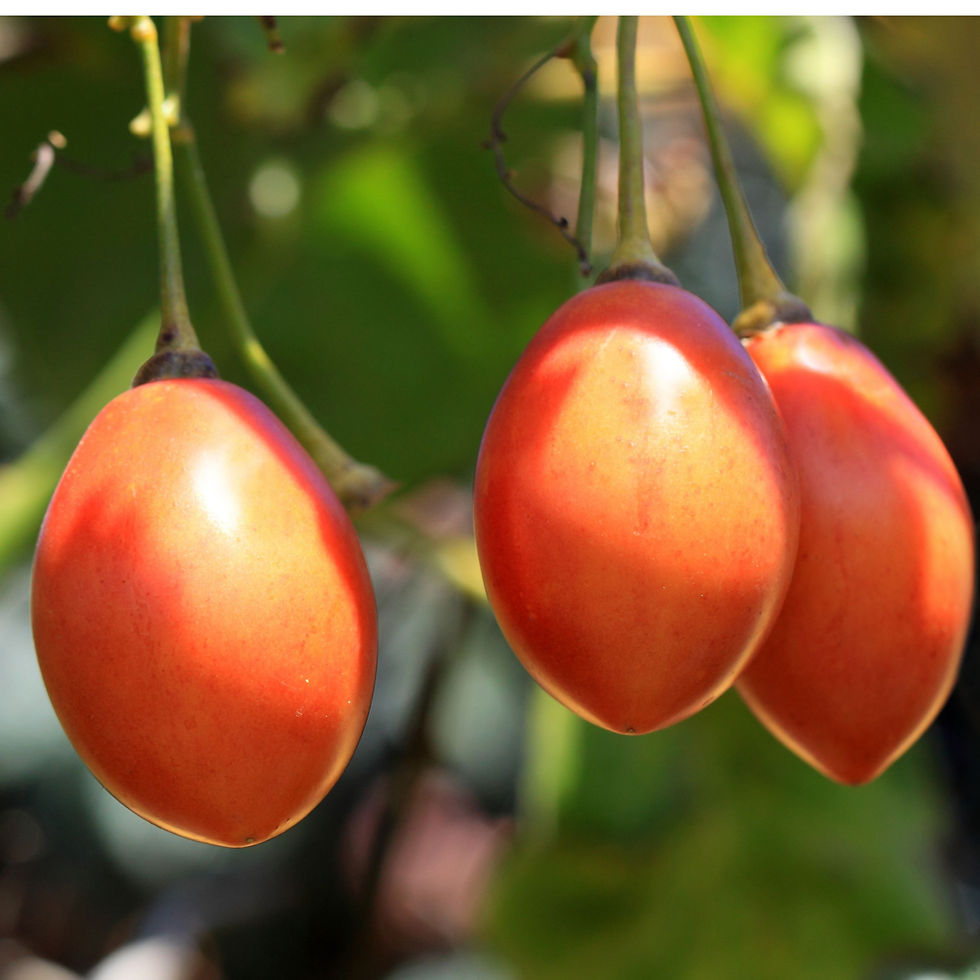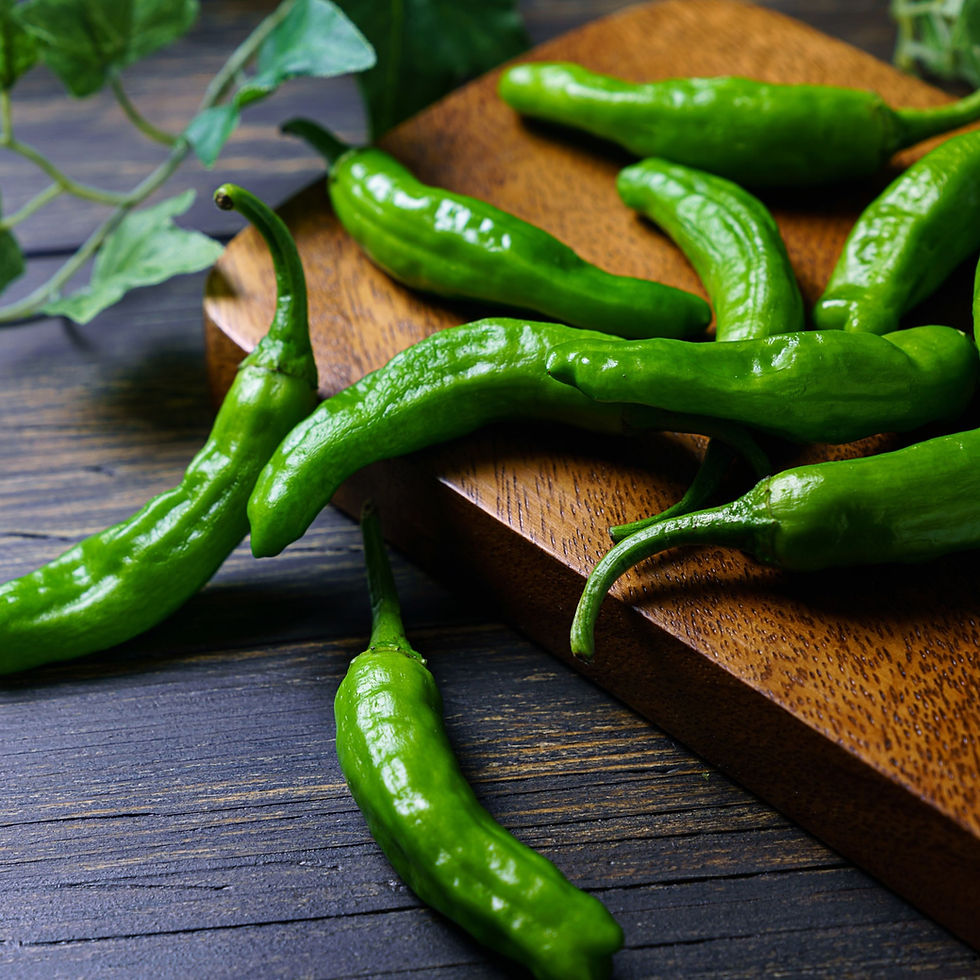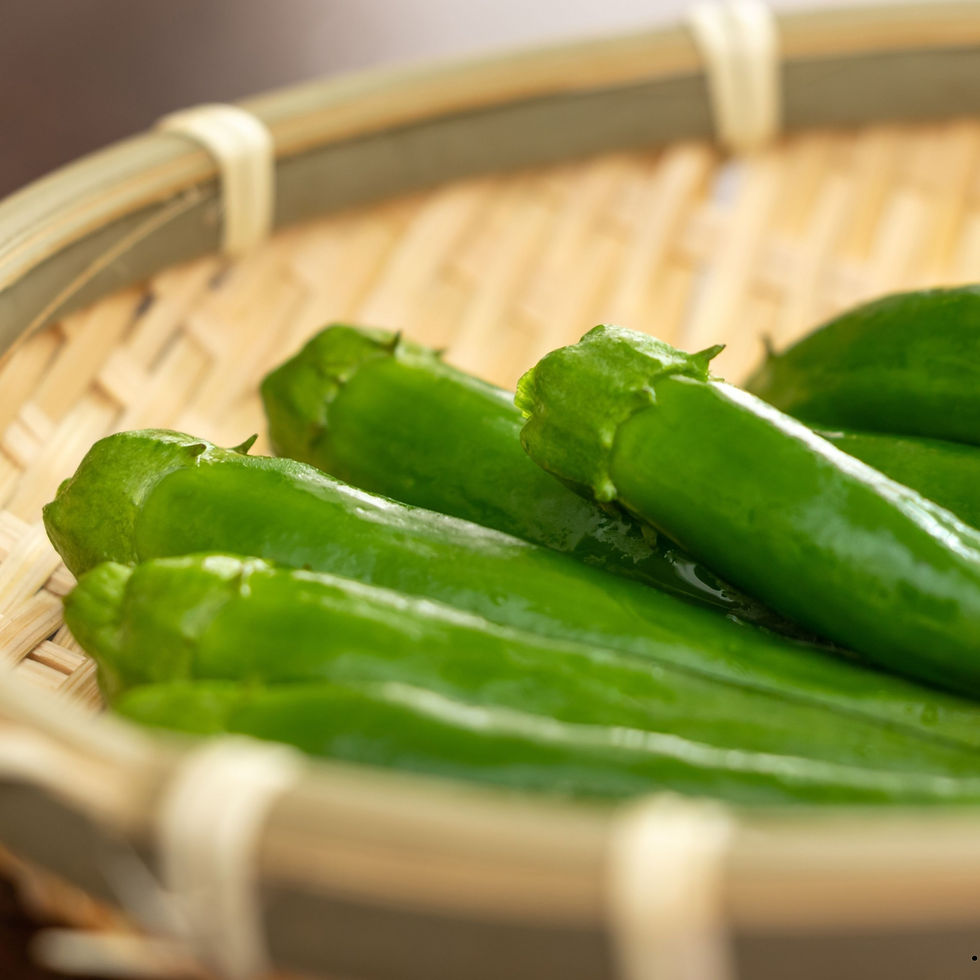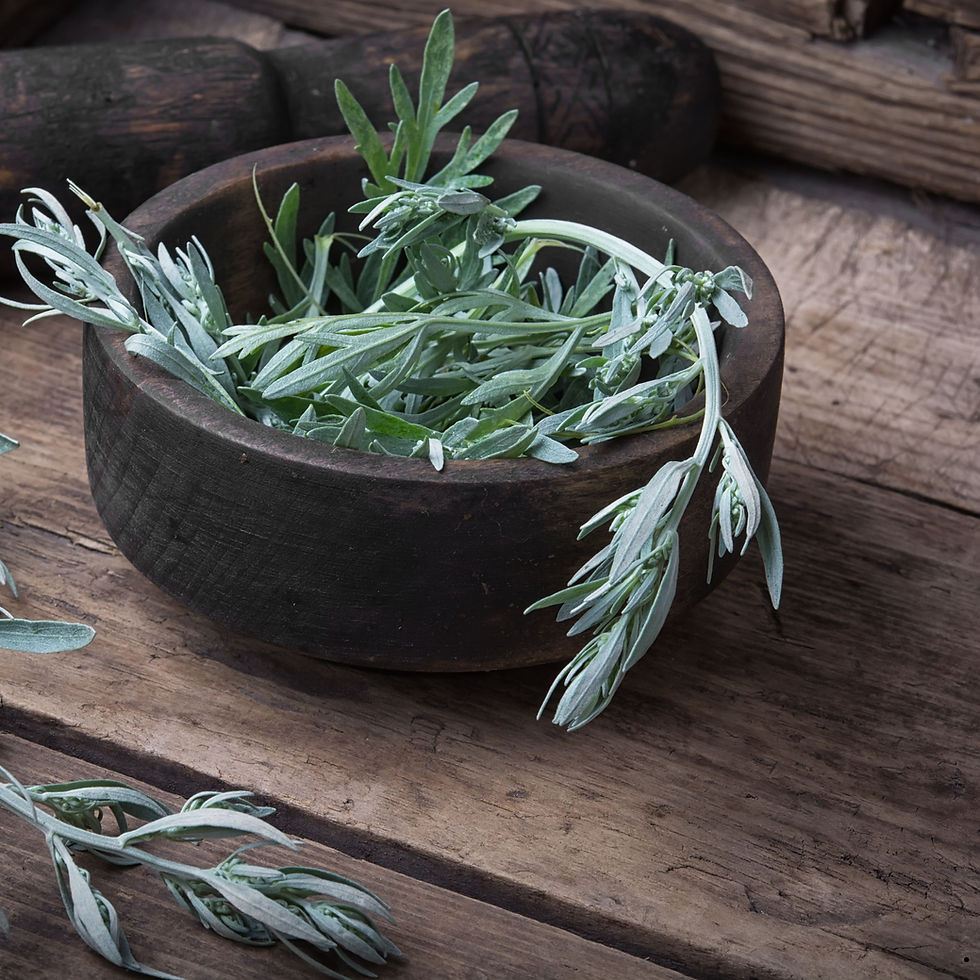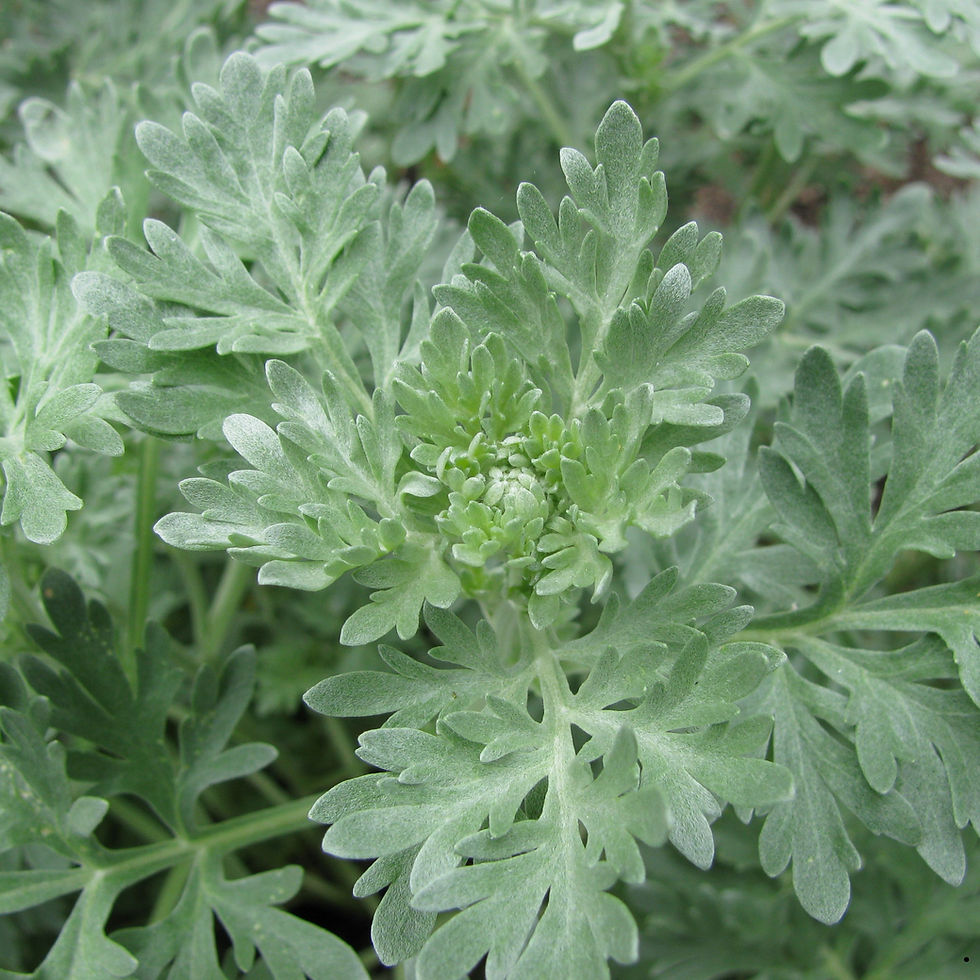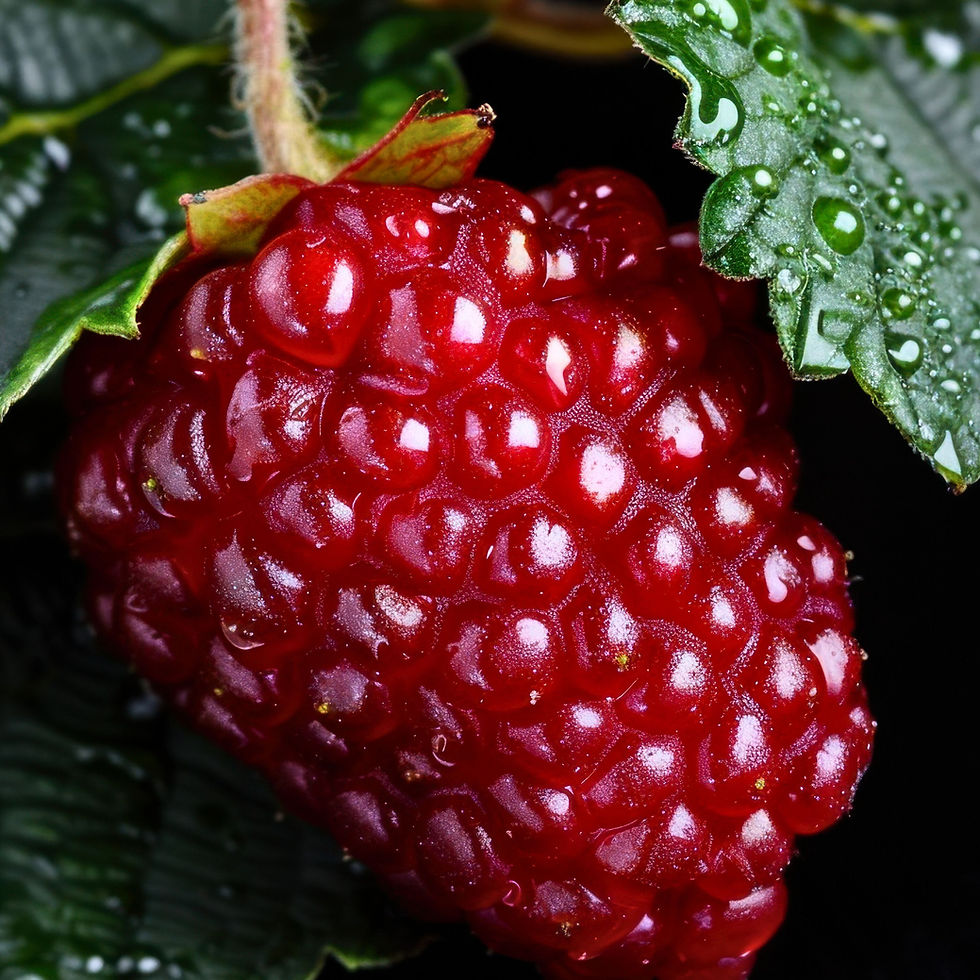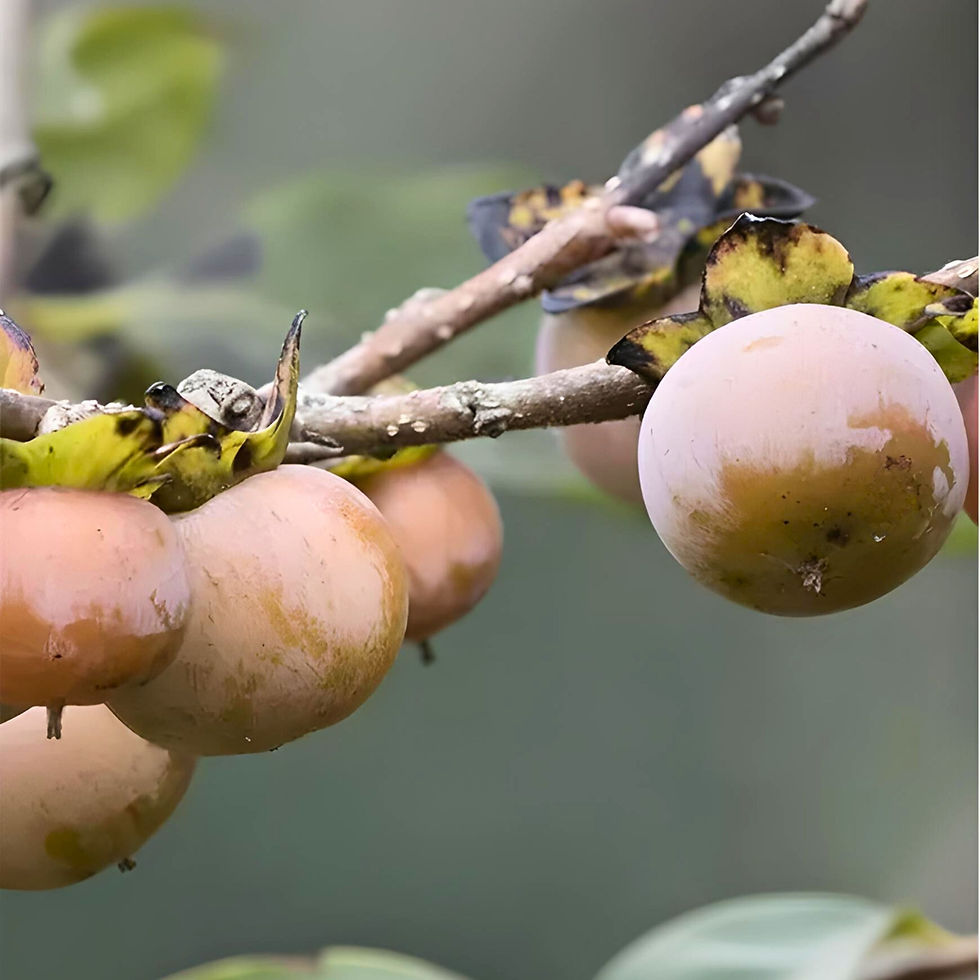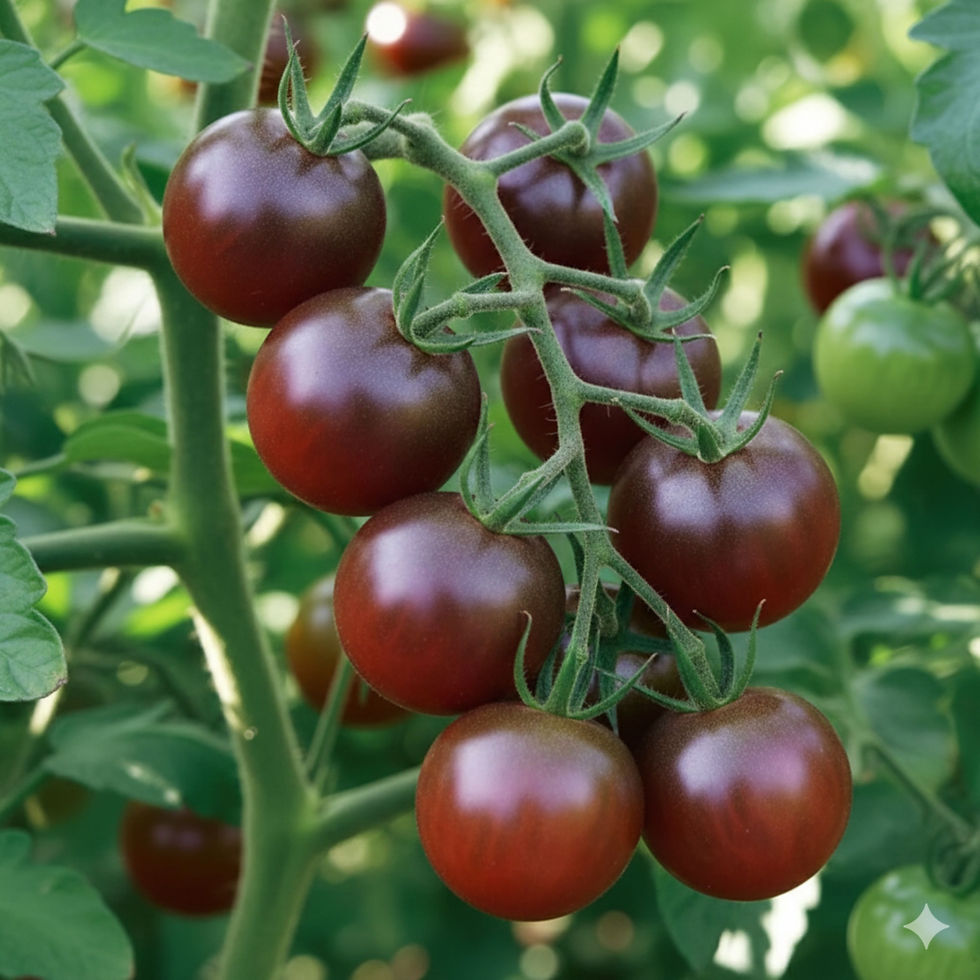Rainbow Bolivian Chili seeds
Coming in at 10,000-30,000 Scoville units, these chilis are sure to steal the glances of passers-by! If you aren't a fan of hot chilis, these play double duty as a striking ornamental chili. Rainbow Bolivian chilis will grow and transition through a spectrum of bright colors as each chili grows. Once the blooms fall off, a cream-colored ball will form. This will transition to purple, then yellow, then orange, and settle on a red color at maturity. These have also earned the name of "Christmas Light" chilis as they resemble the bright lights of the holidays. Bolivian Chilis are spicy and should be used conservatively in salsas, marinades, soups, or finely diced in salads.
These chilis take extremely well to containers. Each plant can reach 2-3 feet tall and approx 2- 2 1/2 feet across. If you are using a container, use at least a 3-gallon to accommodate these. Like other chilis, these love the heat and well-draining soil.
Seed count:15
Capsicum annuum











